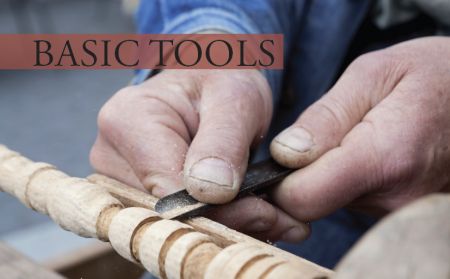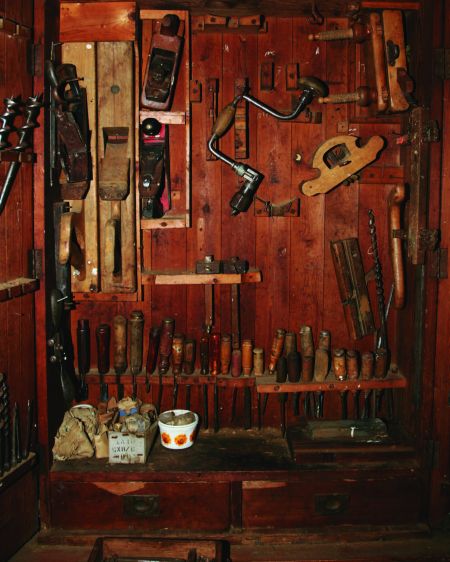
Woodworking is one of the most basic and most useful skills a person dedicated to self-sufficiency can master. Once you understand the basics of what tools to use and how to use them, there’s almost no limit to what you can construct. Here you will find a wide selection of the hand tools, materials, and processes used in woodworking, as well as diagrams and instructions for dozens of specific projects. Much of this section is adapted from the writings and artwork of Paul N. Hasluck, whose wealth of knowledge on the subject has served as the foundation for generations of woodworkers.
Classifying Tools
Tools can be categorized by their functions, as follows:
1. Geometrical tools for laying off and testing work: they include rules, straight-edges, gauges, etc.
2. Tools for holding and supporting work: such tools are benches, vices, stools, etc.
3. Paring or shaving tools, like chisels, spokeshaves, planes, etc.
4. Saws.
5. Percussion or impelling tools, such as hammers, mallets, screwdrivers, and (combined with cutting) hatchets and axes.
6. Boring tools, including gimlets and brace-bites, etc.
7. Abrading and scraping tools, such as rasps, scrapers, glasspaper, and implements such as whetstones, for sharpening edged tools.
The most useful tools in these categories are discussed in the following pages.
